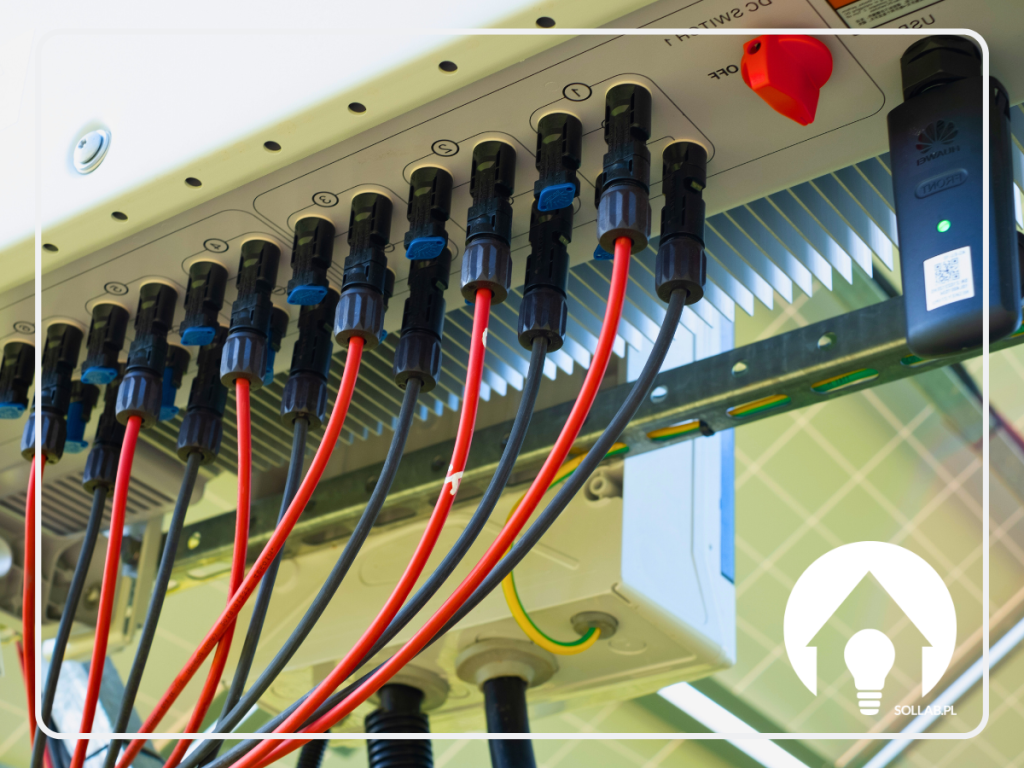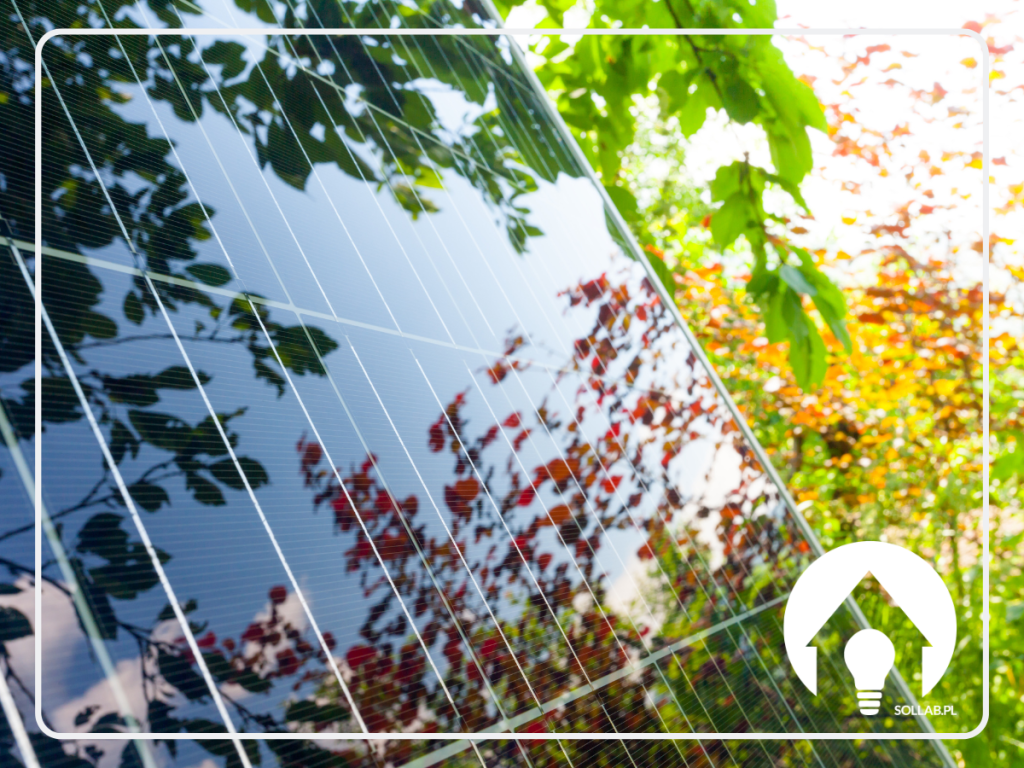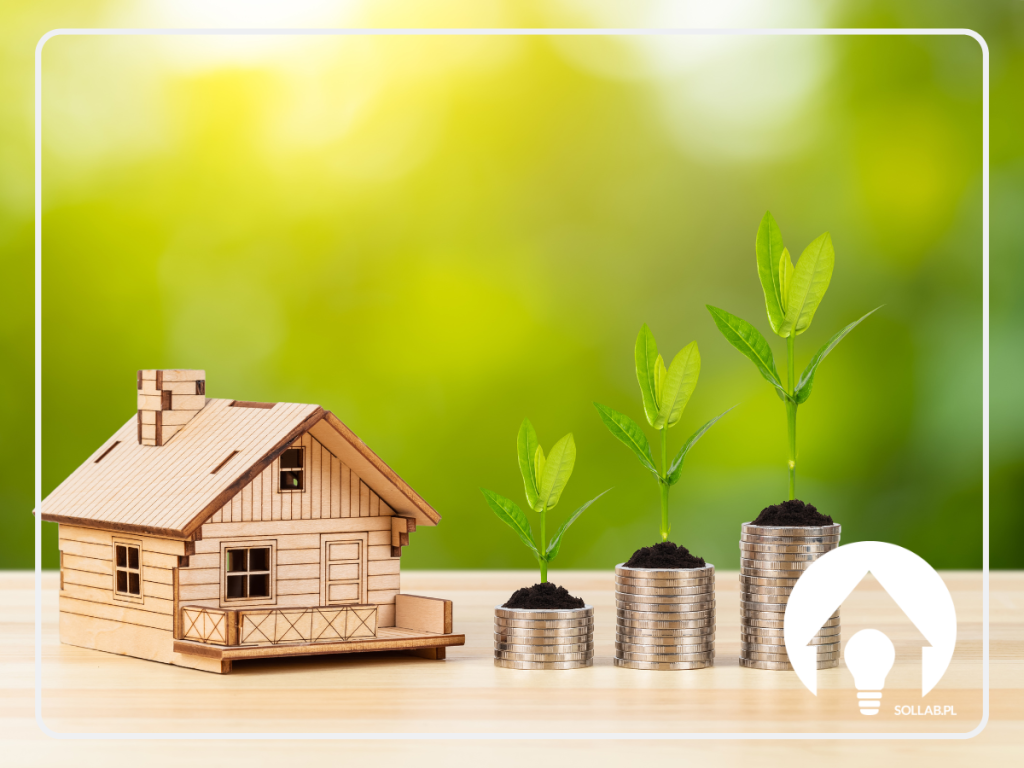Heat pumps have been successfully used in everyday life and industry in Europe and the USA for more than 25 years. Their feature is the conversion of so-called low-quality ambient heat: ground, water, air. This environmentally friendly technology has spread to the Polish market relatively recently.
How does a heat pump work?
A heat pump is a system by which heat can be transferred from a less heated place to a more heated place, increasing the temperature of the latter. Heat pumps are alternative energy sources that provide cheap heat without harming the environment. They make energy-efficient homes possible. The principle of a domestic heat pump is that any body with a temperature above absolute zero has a reserve of thermal energy. This reserve is directly proportional to the mass and specific heat of the body. If we turn our attention to, for example, seas, oceans and groundwater with enormous masses in this context, we can conclude that their enormous reserves of thermal energy can be partially used to heat homes without harming the global ecological situation. You can 'take' the thermal energy of any body if you cool it down.
What do you need to know before installation?
Passive houses are economical buildings when it comes to energy costs. However, before deciding on such a house and fitting it with a heat pump, we should first of all decide on the type of heat pump. With regard to the type of energy transfer, heat pumps are of two types:
- Compression. The main components of the system are the compressor, condenser, expander and evaporator. A compression-expansion cycle of the heat transfer medium with heat release is used. This type of heat pump is simple, highly efficient and the most popular.
- Absorption. These are a new generation of heat pumps using absorbent/phreonium vapour as the working fluid. The use of absorbent increases the efficiency of the heat pump.
Heat pumps are distinguished by their heat source:
- Geothermal. Thermal energy is extracted from the soil or water.
- Air. Heat is extracted from the atmosphere.
- Use of secondary heat. The source of heat is air, water, waste water.
According to the type of coolant in the input/output circuit:
- Air-to-air heat pumps. This type of heat pump extracts heat from colder air, further lowering its temperature and transferring it to the room to be heated.
- 'Water-to-water' heat pumps. Heat from groundwater is used and transferred to water for heating and hot water supply.
- 'Water-to-air' heat pumps. Probes or wells are used for the water and air heating system.
- Air/water heat pumps. Atmospheric heat is used to heat water.
- 'Soil-water' heat pumps. Pipes are laid underground and water circulates through them, drawing heat from the ground.
Calculating the efficiency of heat pumps for heating
In order for a heat pump to be efficient, it must deliver more heat energy than electricity. This factor is called the conversion factor. The conversion factor can vary depending on the temperature difference between the input and output circuit. The colder it is outside, the less efficient the system. For different types of heat pumps, the conversion factor can range from 1 to 5. An additional parameter of annual efficiency is required to objectively assess the heat pump.
Does it pay off?
The efficiency of a specific heat pump depends on many factors and is difficult to calculate. It is almost impossible to write a generalised formula that would work in every case. Therefore, each one requires recourse to experts who will select the required heat pump type and refrigerant quantity depending on the task and its conditions.
The traditional solution for private houses and cottages is gas heating. However, the heat pump option is much more cost-effective and convenient. To install a gas boiler, you need a special chimney, ventilation and a whole set of permits. Using heat pumps will avoid these problems and save you a lot of money.
















